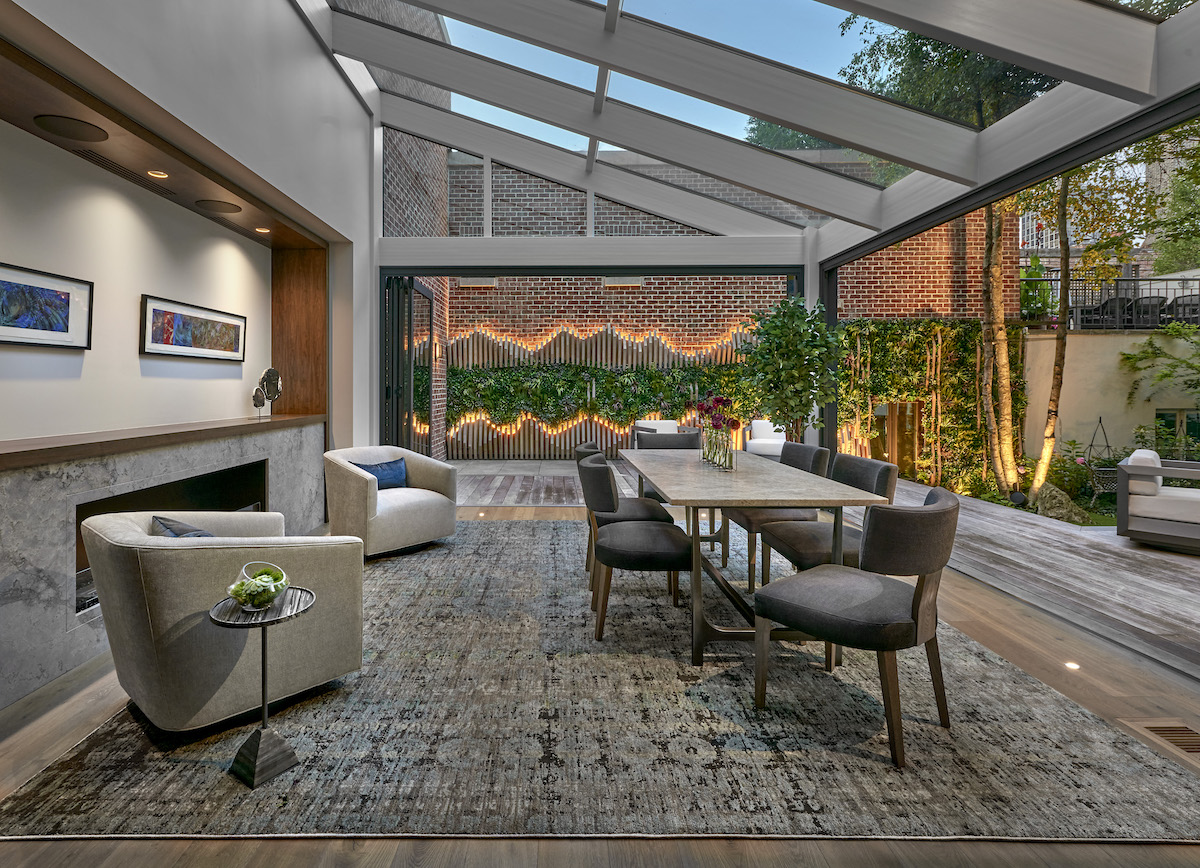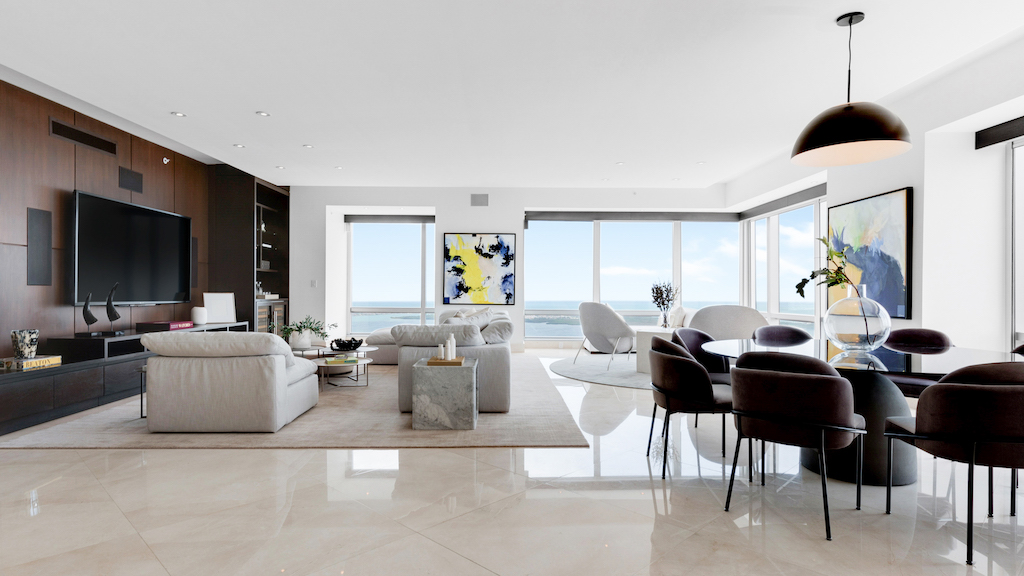What are your strategies for approaching projects that need to be completed in a short time frame?
Prioritize by giving attention to items that need to be custom-made or ordered. However, a direction of style is required, therefore we gather samples of all hard items and establish focus points. With a direction, assuring your items are on the schedule for production will save time. Always check for back order items and avoid them. If subcontractors are needed, schedule them early in the job. An experienced designer will not make a promise they cannot deliver.
When you complete a design project, what are some of the things you do afterward to make sure the client is 100% happy with the final product?
A meeting is set up with each client with the final invoicing and the opportunity for a punch list. In this meeting it is easy to read the client’s happiness. If we sense tension, it is important to ask questions. I do feel money is usually the stopping point and if so we want to be asked back to finish the job. If a client dismisses us mid-project, money is usually the issue, and we work to get them to a comfort point so their home does not feel unfulfilled and more often than not we are called back at a later date to finish. It’s very important to assure all members of the household are up to date on the progress and purchases; a happy household is a successful project. Don’t always go to the yes person for approval- it gets you in the end. When projects are complete, we make notes of areas or items that still need attention, and during our work travels we send photos of items we think could interest certain clients. We do not charge for our time, as it leaves a good feeling and we’re always glad to hear our clients’ voices.
What are your strategies for maintaining your relationship with that client for the future (potentially future projects)?
With most of our clients we develop lasting friendships and keep in contact- they remain on our list for holiday baskets, social gathering at my home and email mailings. If you develop a client relationship they are likely to form an opinion, letting you know if they are satisfied with your work. Referrals lead to the best clientele, and are the base of our business.







